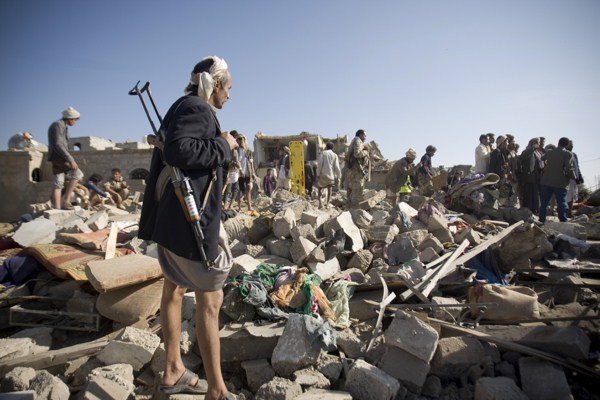From the popular uprising that toppled former President Ali Abdullah Saleh in 2011 and the subsequent power vacuum to the swift advance of the Houthi rebel movement from northern Yemen into the capital, Sanaa, last summer, Yemen has been described as perpetually “on the brink” in recent years. The presence of a local al-Qaida franchise in Yemen’s southern provinces and an ongoing, separate southern secessionist movement, known as Hirak, have only added to the country’s turmoil and confusion over where it was all headed.
Earlier this week, Saudi Arabia, leading a coalition of other Arab states and supported by the United States, launched airstrikes on Houthi forces that had pushed further into southern Yemen in recent weeks. With the Houthis bearing down on the port of Aden, where Yemen’s Saudi-backed president, Abed Rabbu Mansour Hadi, had taken refuge, Hadi fled by boat. He later made it, by plane, to Saudi Arabia, where he is now effectively in exile.
Saudi airstrikes continue, with more countries pledging their support, including the United Arab Emirates, Kuwait, Bahrain, Qatar, Jordan, Morocco, Sudan and Egypt. There have even been rumblings of sending troops to fight against the Houthis.

